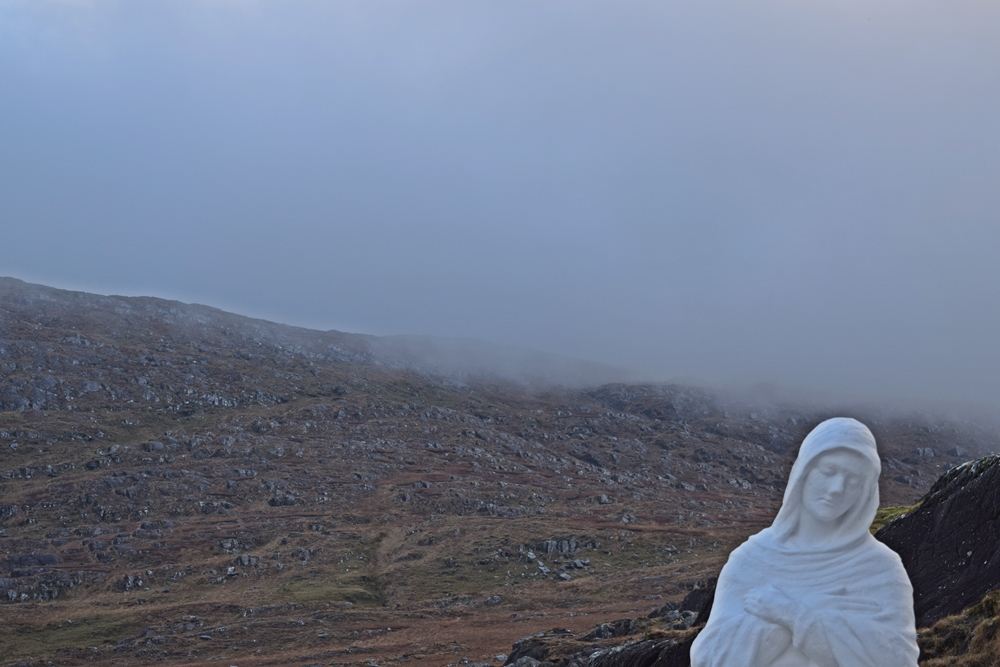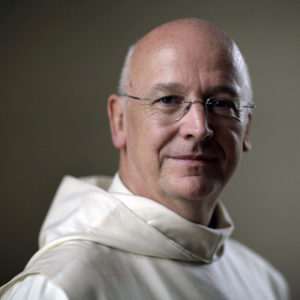Also Listen on:
I can vaguely remember when Lent was Lent. As in a child’s play, many dramatic things were done seriously and unquestioningly. The Stations of the Cross, all the statues and crucifixes in churches were covered with purple cloth. This happened from midnight on the day before Ash Wednesday. There was no Gloria or Alleuia. Holy Water was removed from the stoups at the entrance. Everything had to be done correctly and you trusted the people who knew about it to do it on time. As a young child it was incomprehensible and magical because it was being done rightly. It preserved an enclave of enchantment in a world prostrate before the of altars mammon that were everywhere.
The faithful felt a curious effect during this religious desert of Lent. They were denied these comforting symbols and images together. Denying them, however, increased their mystique. When the Triduum (Friday, Saturday and Sunday of Holy Week) unleashed their flood of colours, alleluias, visual and musical exuberance, you knew with every sense that something had happened and that time was changed. Liturgy is a kind of sacred theatre that we cannot take seriously if we take it too seriously and lose a sense of its playfulness. You had to join in the game even just inwardly to be a real player.
The moment of transition, the shift from sandy, unsweetened Lent to the flowery, sweet music of Easter took place in the dark, during the Easter Vigil. The Resurrection being acclaimed was such a huge and irrational acclamation of faith that you felt it must be true even without understanding how on earth you could make sense of it.
In transitional moments time slows down. Somehow, by first denying the religious mind its usual diet of images and feelings, we can be better prepared by the rich symbolism of the Easter Mysteries for entering into their stillness at their core. If time is being stopped the Risen Christ feels more fully present.
For some, the slow movement of Beethoven’s Violin Concerto brings the absorbed listener almost to the end of time. There are moments in prayer, too, which are timefree, or almost. As long as they can be observed, with even a trace of objective thinking, they will cease to be present. They will take on the nature of an experience, already a memory, something belonging to the past. Thought, as we think of it, also stops when time stops.
Lenten rituals are a way of disrupting time so that we can slow time down. Covering the statues in purple is better than smashing them but the intention is the same. Even to the confused and confined fundamentalist mind there remains a sense that the essence of God is nothing, no thing, nothing that can be thought. Yet we can say nothing about God that stops us from saying the opposite equally truly: God can also be known in every thing and through every human sense.
Stillness is not fixation. The truth lies in undulation, a smooth wave motion, up and down, in and out. When we are natural and in harmony and our demons are sleeping, the opposites of life that cause us such violent distress are resolved peacefully. Then, when we are at peace, we know ourselves to be energised and brimming with potential. We can then rebuild war-torn countries and heal broken hearts.





